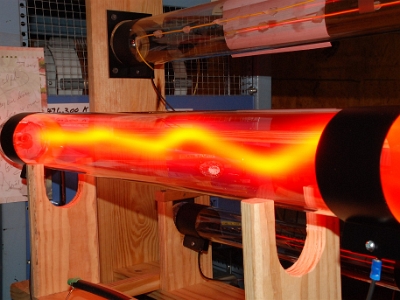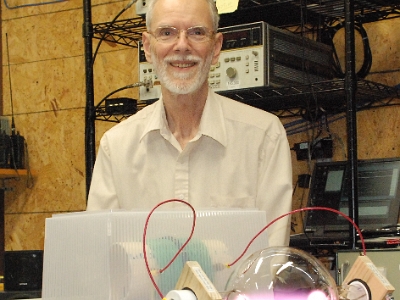 1 This unit is available by special order only. |
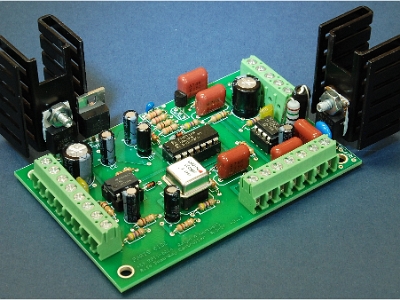 2 With 50 watts peak power output, this unit is suitable for use with low power plasma tubes. |
 3 Driven by the SSQ-2F v3.0 or higher, the PA1 will produce up to 500 watts peak power to drive large plasma tubes. NOTE - the SSQ-2F-PA1 combination has been replaced by the SPA4 or the SPA5. |
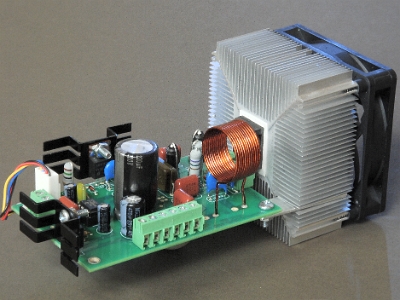 4 The PA2 amplifier accepts a square wave modulated 3.1 MHz signal and provides up to 500 watts peak power to a plasma tube. |
 5 The PA2 v3.0 accepts a 3.1 MHz signal and provides up to 500 watts peak power to a plasma tube. However, it can provide a considerably higher average power output than the v2.0 amplifier. This amplifier is available on special order. |
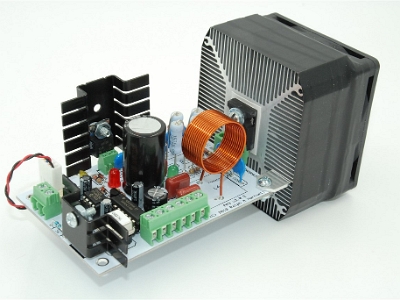 NEW NEW6 This is the PA3 v3.0 E.The PA3 accepts a TTL square wave signal input and uses that to modulate an internal 3.1 MHz carrier wave. The amplifier provides up to 500 watts peak power to a plasma tube. |
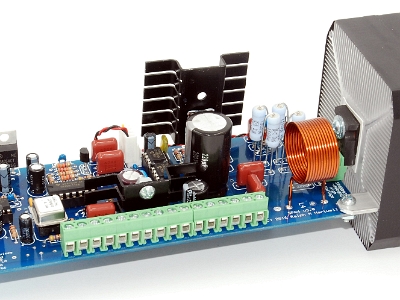 7 The SPA4 combines the features of the SQ-2F, the PA1, the PA2, and the PA3 all in one unit. The modulation duty cycle is adjustable, and operator intervention may be required during use to maintain the desired duty cycle. The SPA4 provides up to 500 watts peak power to a plasma tube. |
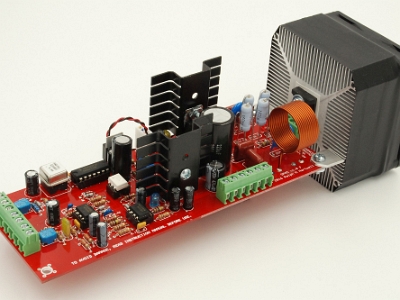 8 The SPA5 is identical to the SPA4, but the SPA5 has automatic duty cycle control and does not require manual duty cycle adjustment during operation. It is gradually replacing the SPA4 because of the ease of setup and operation. The SPA5 provides up to 500 watts peak power to a plasma tube. |
 9 The DCT inserts or removes AC or DC power on the same coaxial cable that carries the RF from the amplifier to the plasma tube. This eliminates the need to run a seperate power cable to the fan that cools the LC31 coupler at the plasma tube. |
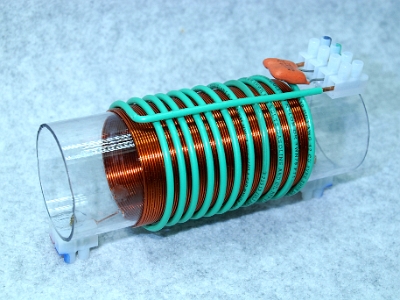 NEW NEW10 The LC31L-BAT replaces the earlier LC31-BAT coupler. The LC31L-BAT does not rtequire fan cooling for high power operation with the SSQ-BAT plasma tube. |
A full menu of all the picture display controls is available by clicking on the HELP button at the very bottom of this page.
Use the scroll bar located at the right of the thumbnail windows to scroll down to the bottom of the page to get to the HELP button.
Click INSIDE the border of any picture near the RIGHT side to advance to the next picture.
Click INSIDE the border of any picture near the LEFT side to return to the previous picture.
Click OUTSIDE the border of any picture to return to the index page for that group of pictures.
Use the scroll bar located at the right of the thumbnail windows to scroll down to the bottom of the page to get to the HELP button.
Click INSIDE the border of any picture near the RIGHT side to advance to the next picture.
Click INSIDE the border of any picture near the LEFT side to return to the previous picture.
Click OUTSIDE the border of any picture to return to the index page for that group of pictures.
